The new Volvo XC70 plug-in hybrid has been outed ahead of its official debut, courtesy of new images published by China's Ministry of Industry and Information Technology (MIIT).
Earlier preview images gave a good idea of the reborn XC70's design, confirming that it would morph from high-riding estate into full-blown SUV, but these new images show just how closely it will be related to the larger XC90.
It measures 4815mm long and 1890mm wide, making it roughly the same size as the Volkswagen Tayron, Hyundai Santa Fe and Peugeot 5008, but unlike those cars – and its larger sibling – it is being offered from launch with only five seats.
The MIIT filing also reveals some of the XC70's technical specifications for the first time, confirming that it will be offered exclusively as a plug-in hybrid, with either a 21.2kWh battery giving 62 miles of range, or a 39.6kWh pack to bump that up to 112 miles - both according to China's generous CLTC cycle.
That larger pack, for reference, is about the same size as the one fitted to the pure-electric Abarth 500e, and larger than the battery in the Mazda MX-30 EV.
The XC70 will be available with front- or four-wheel drive, in both instances with a 160bhp 1.5-litre petrol engine working in collaboration with an electric motor of undisclosed capacity.
Further details will be given closer to the XC70's China-market launch in September, where Volvo could announce plans to sell the new PHEV globally in response to sustained strong demand in certain markets for hybrid cars.
Volvo CEO Håkan Samuelsson believes extended-range plug-in hybrids could play an important role in Europe's electrification transition, particularly, which strengthens the possibility of the new XC70 being sold here.
Speaking at the Financial Times Future of the Car conference earlier this month, he said: "In certain regions in Europe, the charging network will be developed later. If you look into the south and east of Europe, it will be slower.
"The ones leading are Norway all the way in the west. There, there will be faster transition to electrification. But in other regions, it's really a good solution to have a long-range hybrid, because if you look into the environmental aspect, if you have a long-range hybrid, the absolute majority of the transport work will be done with electricity. And so in that way, it will be an 'electric car'.
"If you have a very short range, a large part of the transport work will be done with the petrol. And then, of course, it's not fossil-free any more. So a long-range plug-in hybrid, I would argue, is an electric car with a back-up engine when the battery is flat, which will happen not so often.

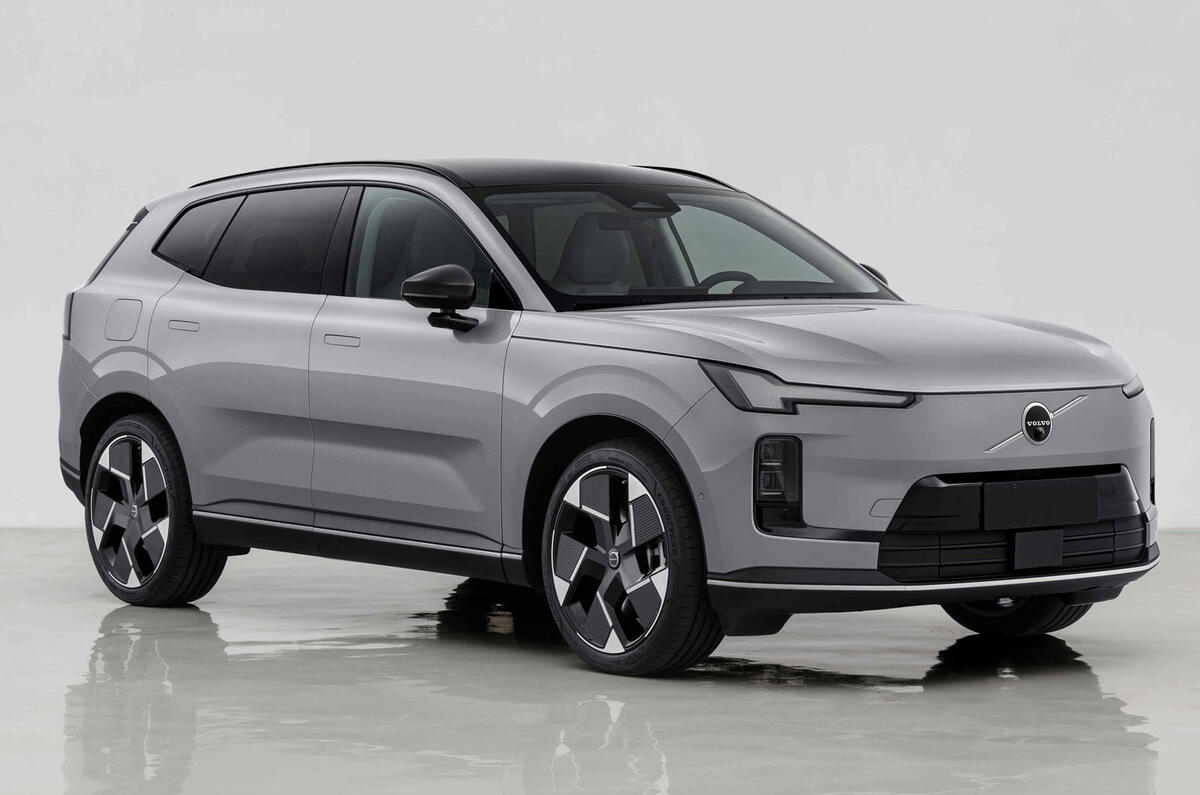
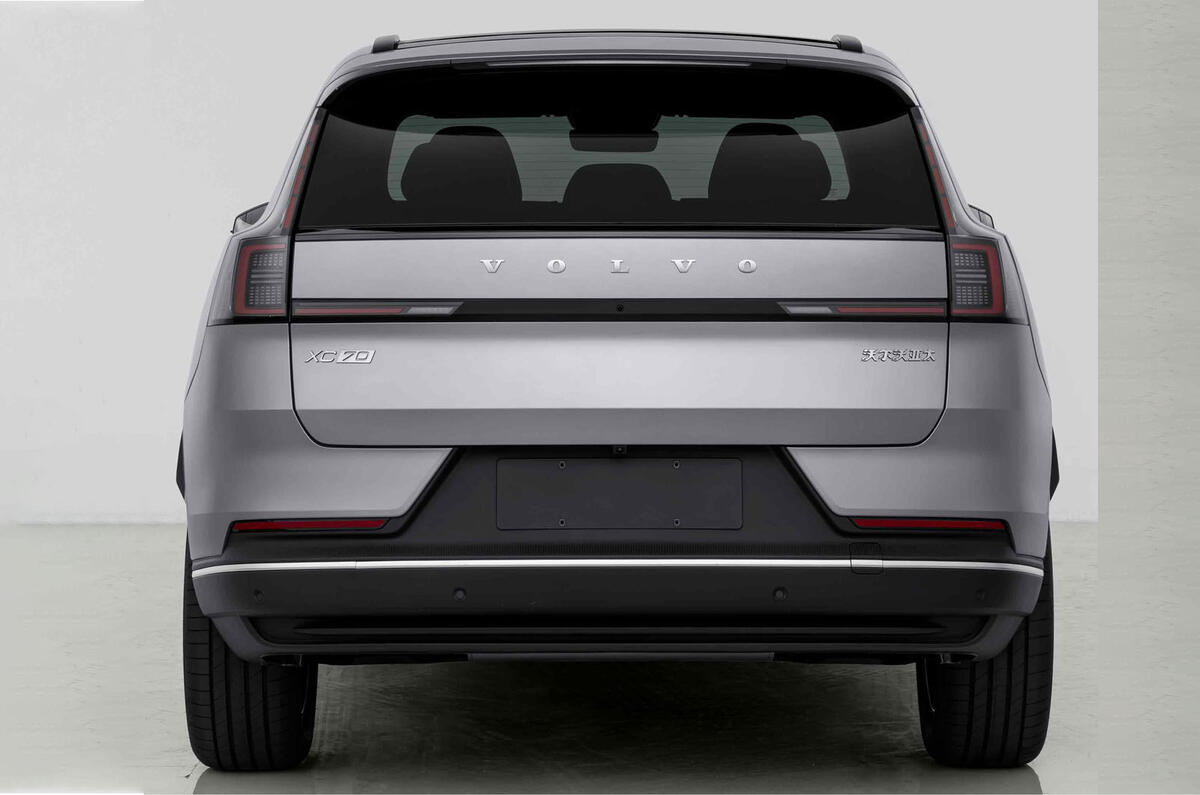
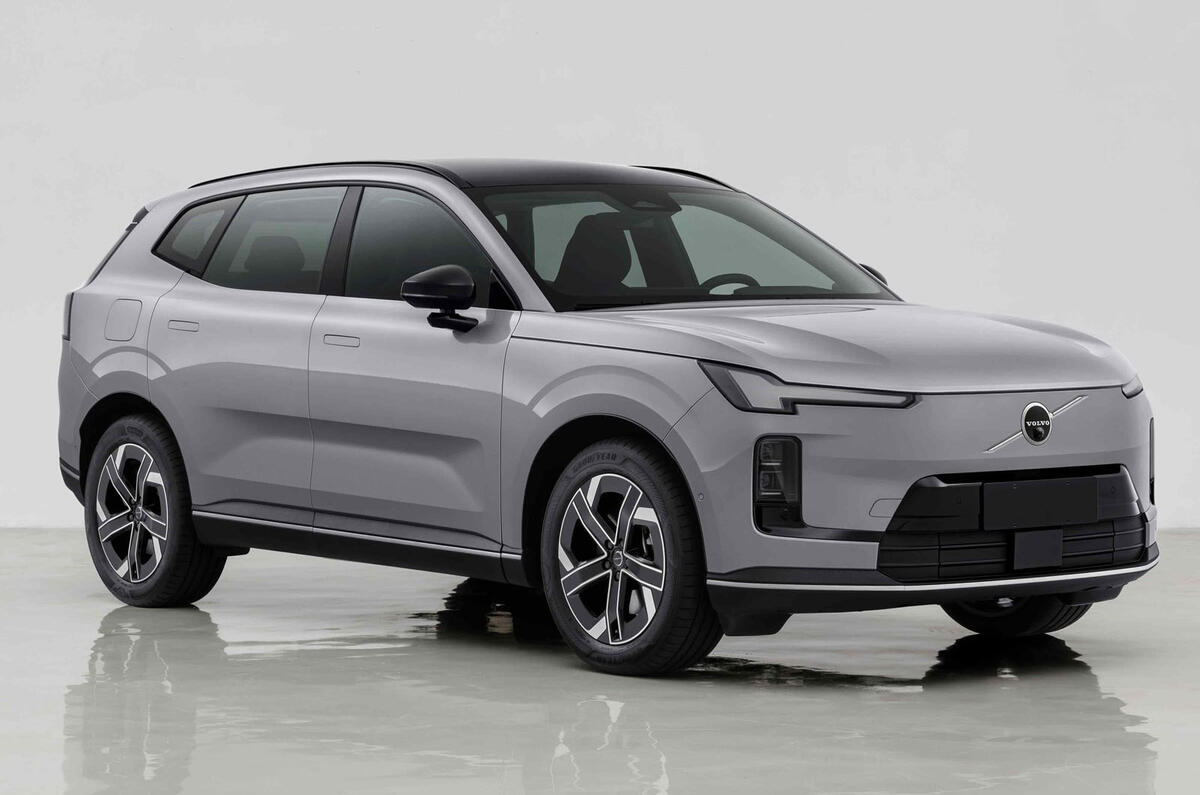

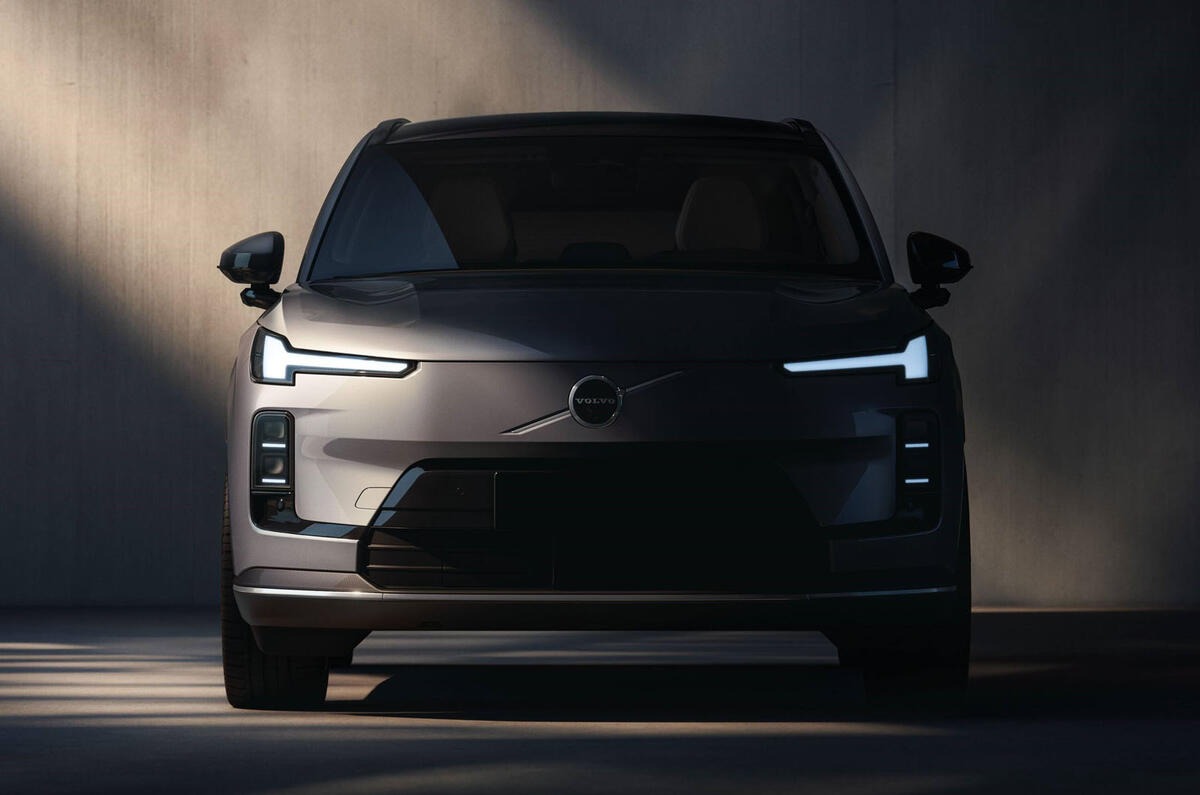
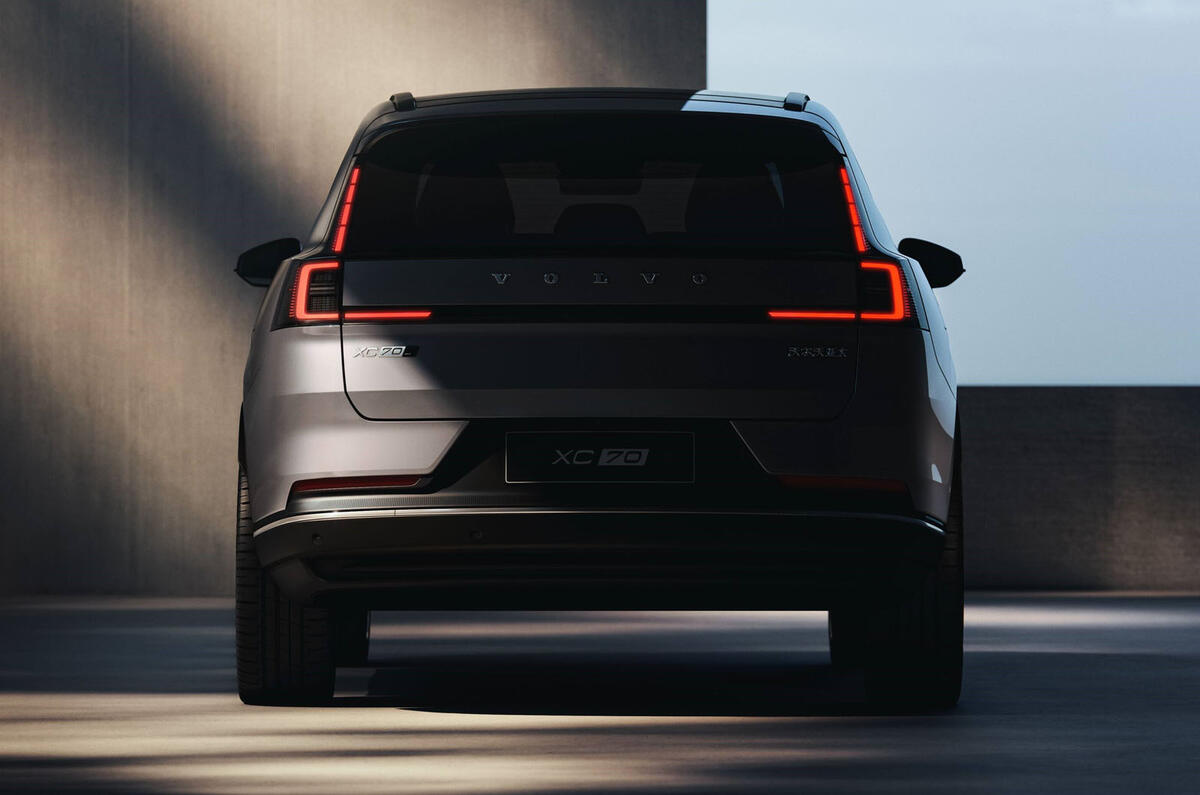
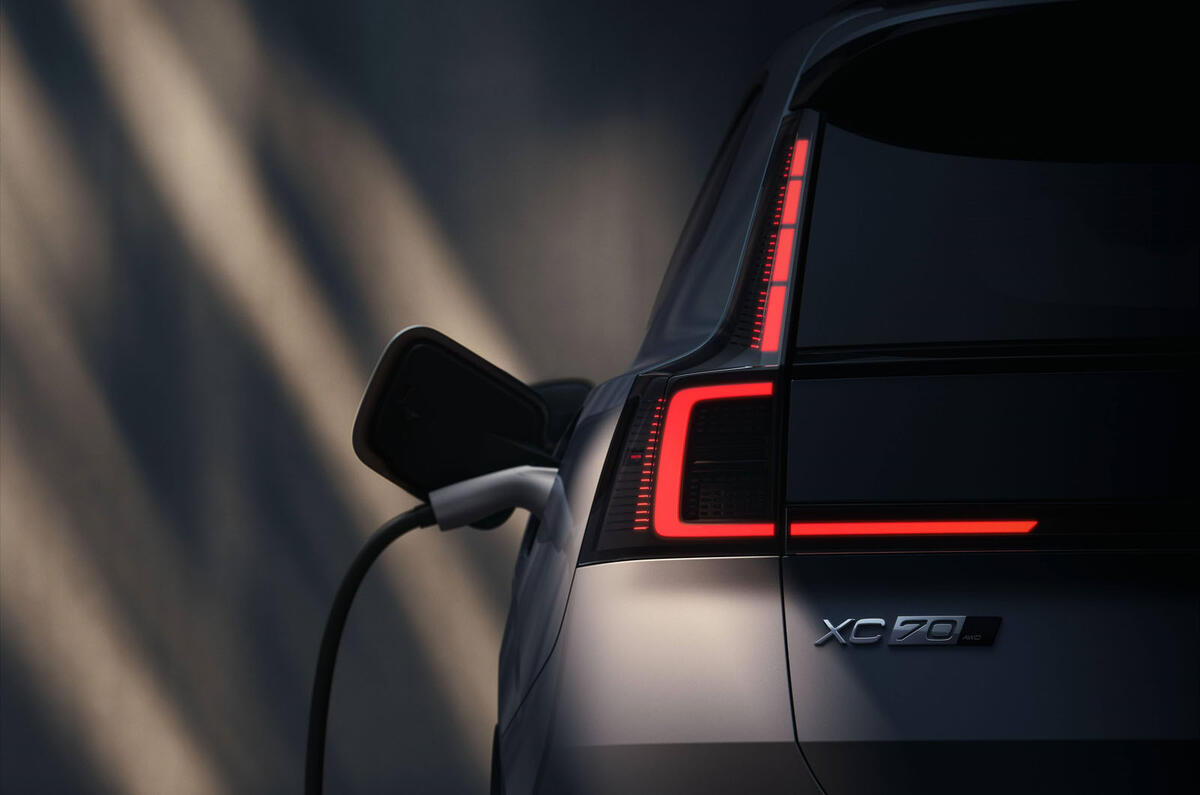

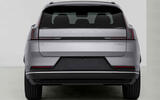
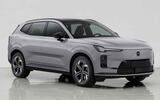
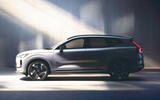
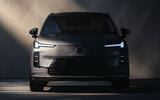



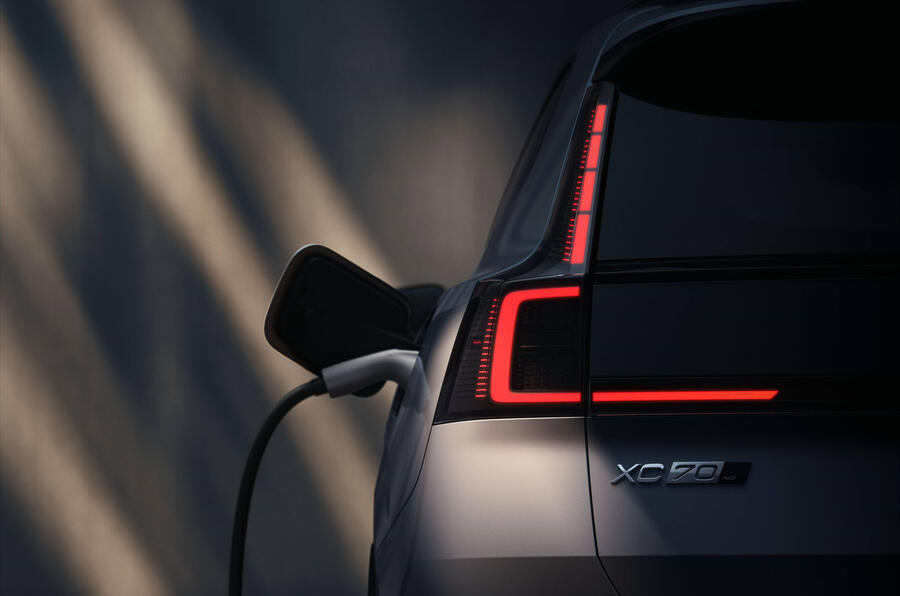






Join the debate
Add your comment
Volvo wondering why their BEV sales are slowing, EX40 starting price 46k, XE90 starting price 83k. Do they really think the EX40 is 6k better than the far bigger Model Y.
Volvo think they can solve the problem with Tax dodging PHEVs, XC60 staring price 55k, V90 62k.
If they were to import this car you've gotta be looking at 65k, insane.
Unlike the Tayron? Just like this XC70 mentioned in the article, I thought Tayron ( and it's Kodiaq cousin ) are also 5 seaters in PHEV form. Or have i read the article wrong?
Also like the final comment, PHEV is pragmatic choice for those not ready to switch to EV. Not ready? It's not those who're 'not ready' to switch that's causing the slower than expected sales, it's those who can't switch.
Unless governments are serious about installing infrastructure and changing law, the banning of ICE new car sales will never happen.
It's getting that most cars we buy aren't made in there brands country of origin,most countries are consumer economies,there's very little home brands nowadays compared to fifty years ago,and like it or not, we wandered blindly into it in the 60's .